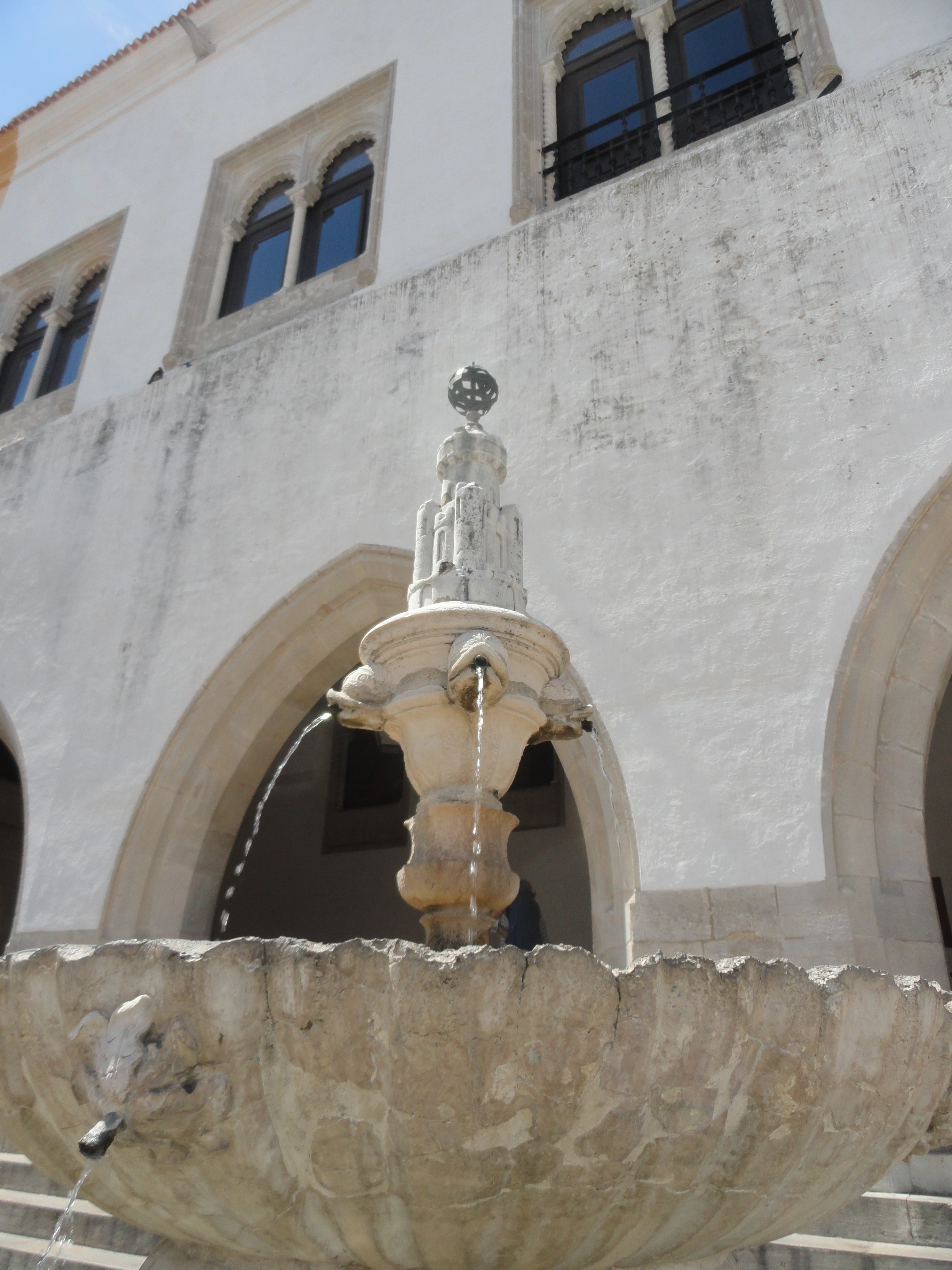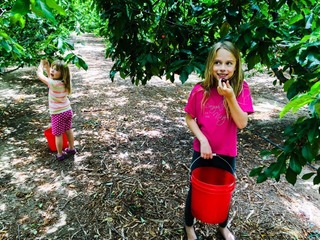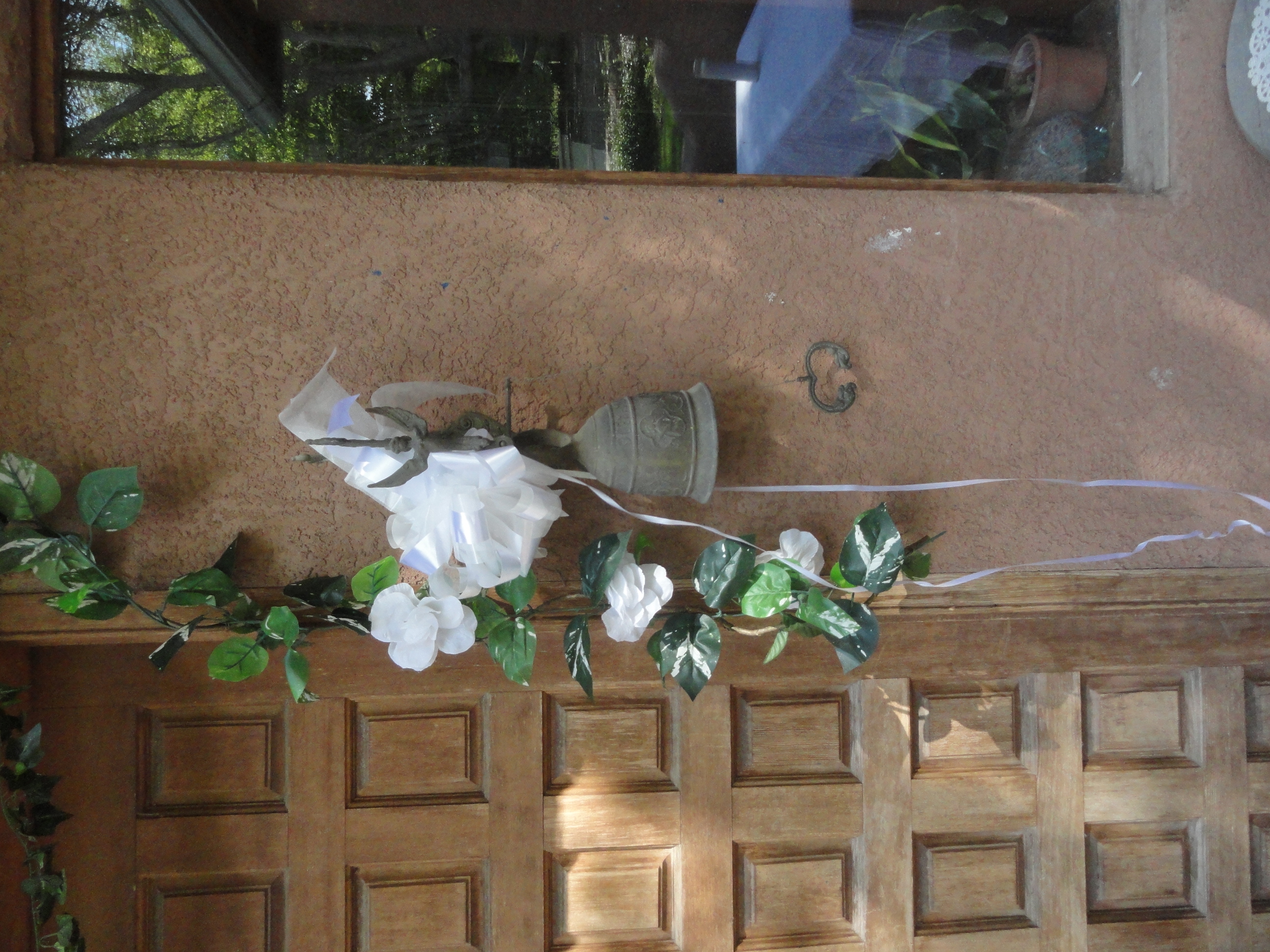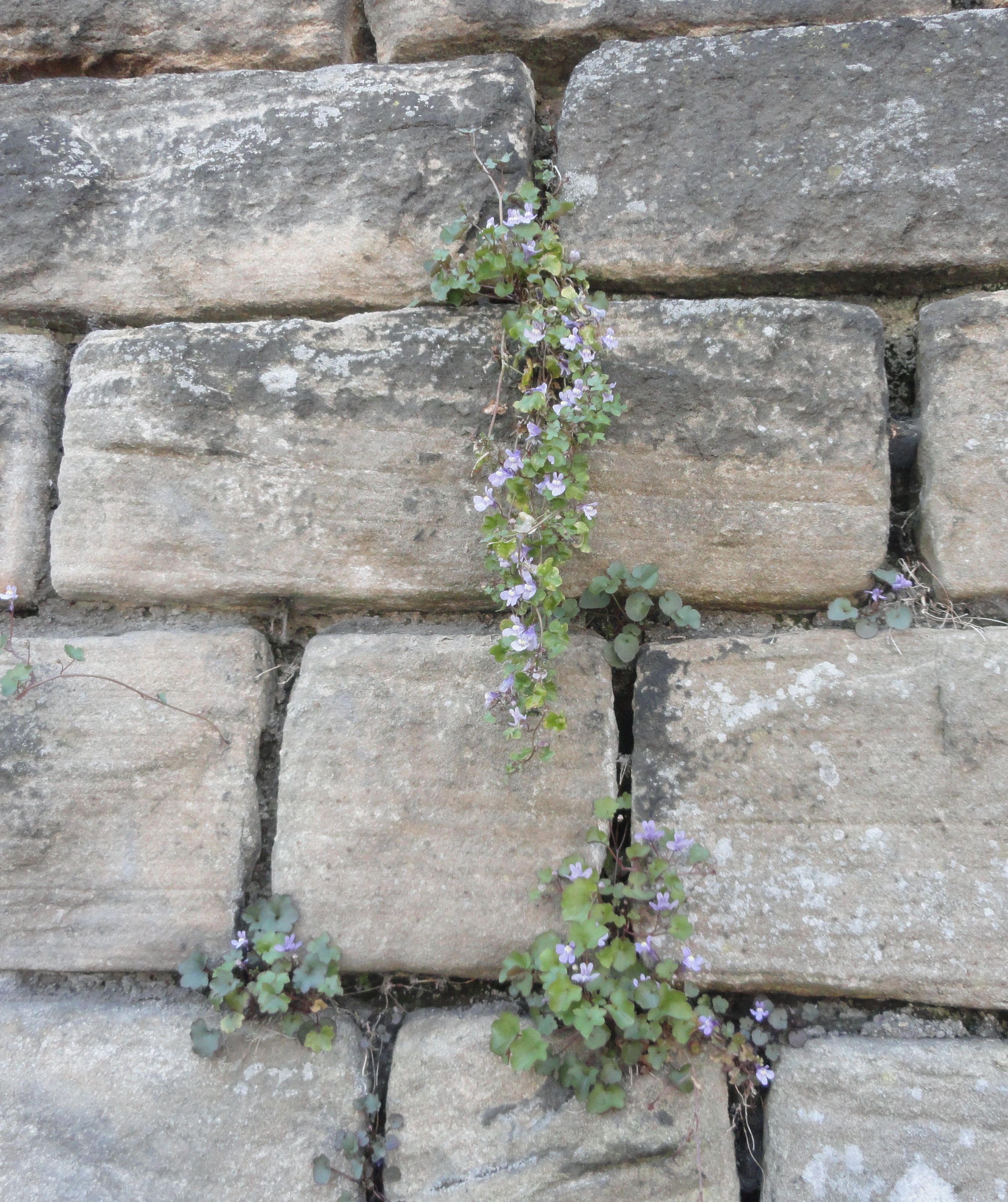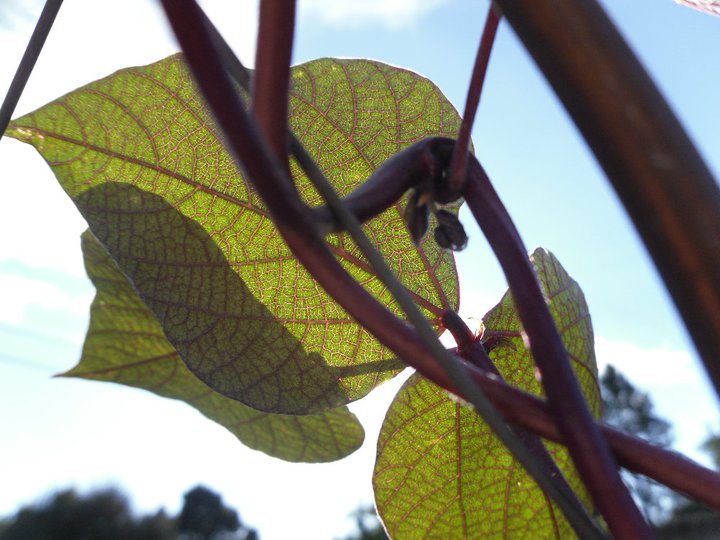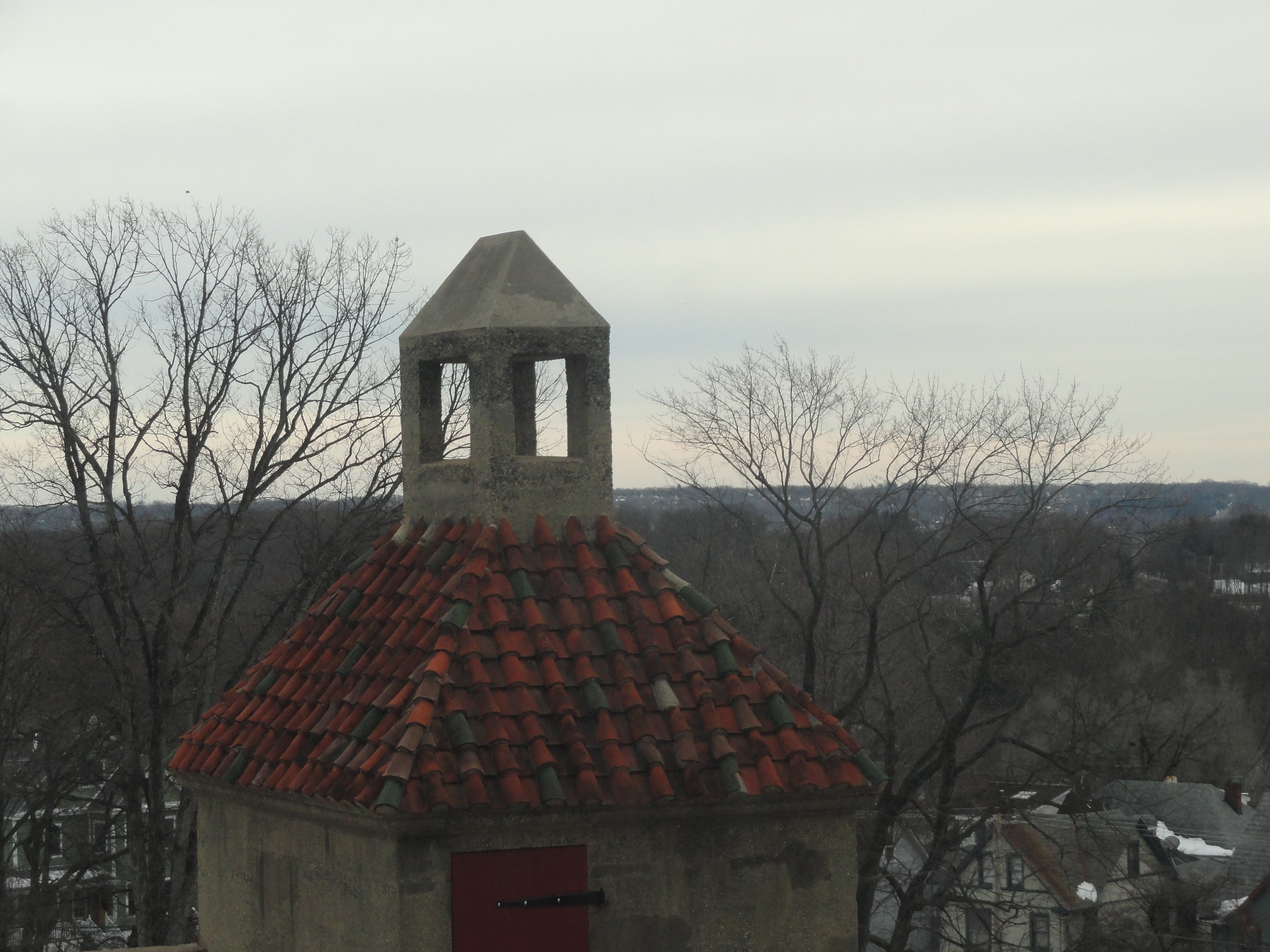
Can there be too much peace? For learning, yes. Learning requires mental arousal. If an environment is so still and barren that one's curiosity isn't sparked, then people might be closer to a state of sleep than of excited curiosity. Life can be too dull and quiet for learning to spontaneously happen.
Can there be too little peace? Yes, and in many ways. There can be too much noise, stimulation and chaos. So finding the balance place and the comfort level is part of creating a peaceful home.
Peace is a prerequisite to natural, curious, intellectual exploration.
What is peace, then, in a home with children? Contentment is peace.
Is a child happy to be where he is? That is a kind of peace. If he wakes up disappointed, that is not peace, no matter how quiet the house is or how clean and "feng shuid" his room is.
Peace, like learning, is largely internal.
photo by Sandra Dodd
__
